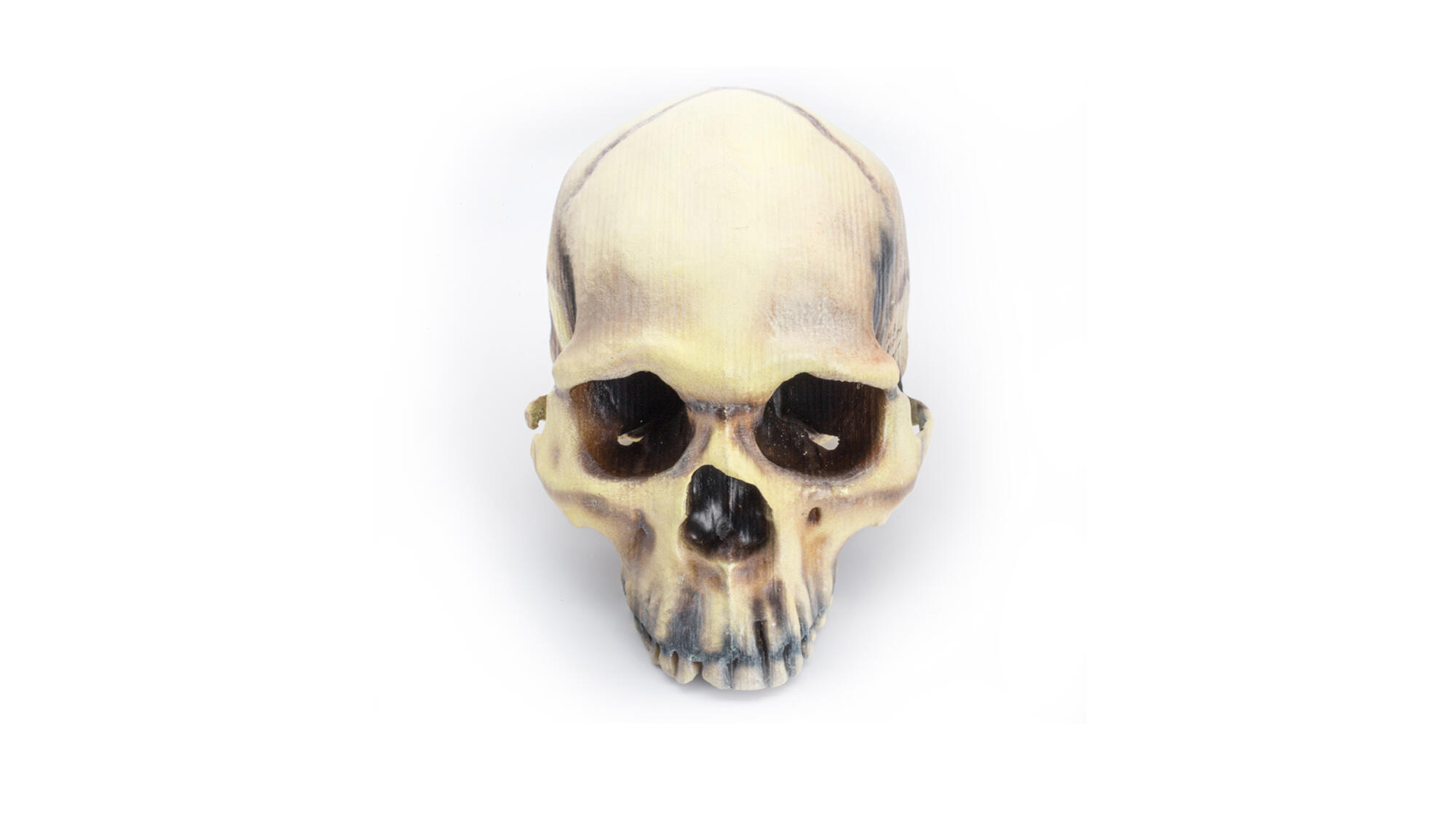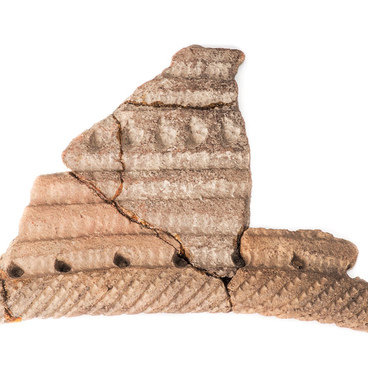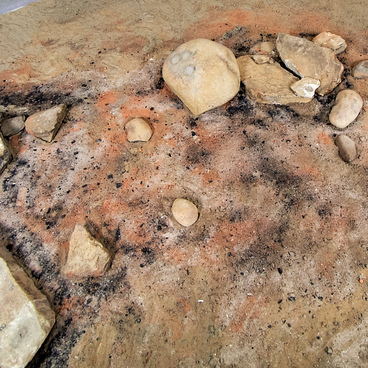Homo sapiens, who is also called a neoanthrope or anatomically modern human, is the species, to which all modern humans belong. The first neoanthropes appeared 200 thousand years ago in Africa — there they lived in equatorial and tropical climates. About 50-70 thousand years ago, they began to settle on the territory of Eurasia and, despite the more severe climate, were able to adapt to new conditions. Neoanthropes inhabited the territory that their predecessors did not know: the Arctic, New Guinea, Melanesia, Australia, Tasmania, North and South America.
Archaeologists have established that the diet of the neoanthropes of Africa was more diverse than that of their ancestors: they ate meat, marine mammals, fish and plants. In Europe, homo sapiens ate mainly meat. The research data showed that the early modern humans were predators — they could be compared to Neanderthals. In the following years, the role of fishing and gathering sharply increased, these methods of obtaining food have become main human occupations.
All known groups of homo sapiens used fire. According to ethnographic data, it is known that people knew of several ways of making it: for example, they scraped a wooden stick on a plank, hit a stone against another, or got it during wildfires.
In addition to household activities and hunting, rituals and beliefs were an important part of the life of homo sapiens during the Stone Age. The burials that the researchers found were extremely diverse: single, double, triple, or mass graves. People in them were placed lying on their backs and stomachs, or even sitting up. Some burial sites were found with no grave goods inside, and in others they were numerous. The researchers noted that in the richest burial sites of the Upper Paleolithic era, the children and teenagers, that were usually buried there, had serious injuries or inborn abnormalities.
Most likely, the first modern humans were the first people who settled widely all around the east and north of Asia, up to the sea coasts. This conclusion is based on the fact that the most eastern finds of the early humans of other species (Neanderthal and Denisovan man) were found only in the Altai and Tibet.
Archaeologists have established that the diet of the neoanthropes of Africa was more diverse than that of their ancestors: they ate meat, marine mammals, fish and plants. In Europe, homo sapiens ate mainly meat. The research data showed that the early modern humans were predators — they could be compared to Neanderthals. In the following years, the role of fishing and gathering sharply increased, these methods of obtaining food have become main human occupations.
All known groups of homo sapiens used fire. According to ethnographic data, it is known that people knew of several ways of making it: for example, they scraped a wooden stick on a plank, hit a stone against another, or got it during wildfires.
In addition to household activities and hunting, rituals and beliefs were an important part of the life of homo sapiens during the Stone Age. The burials that the researchers found were extremely diverse: single, double, triple, or mass graves. People in them were placed lying on their backs and stomachs, or even sitting up. Some burial sites were found with no grave goods inside, and in others they were numerous. The researchers noted that in the richest burial sites of the Upper Paleolithic era, the children and teenagers, that were usually buried there, had serious injuries or inborn abnormalities.
Most likely, the first modern humans were the first people who settled widely all around the east and north of Asia, up to the sea coasts. This conclusion is based on the fact that the most eastern finds of the early humans of other species (Neanderthal and Denisovan man) were found only in the Altai and Tibet.



